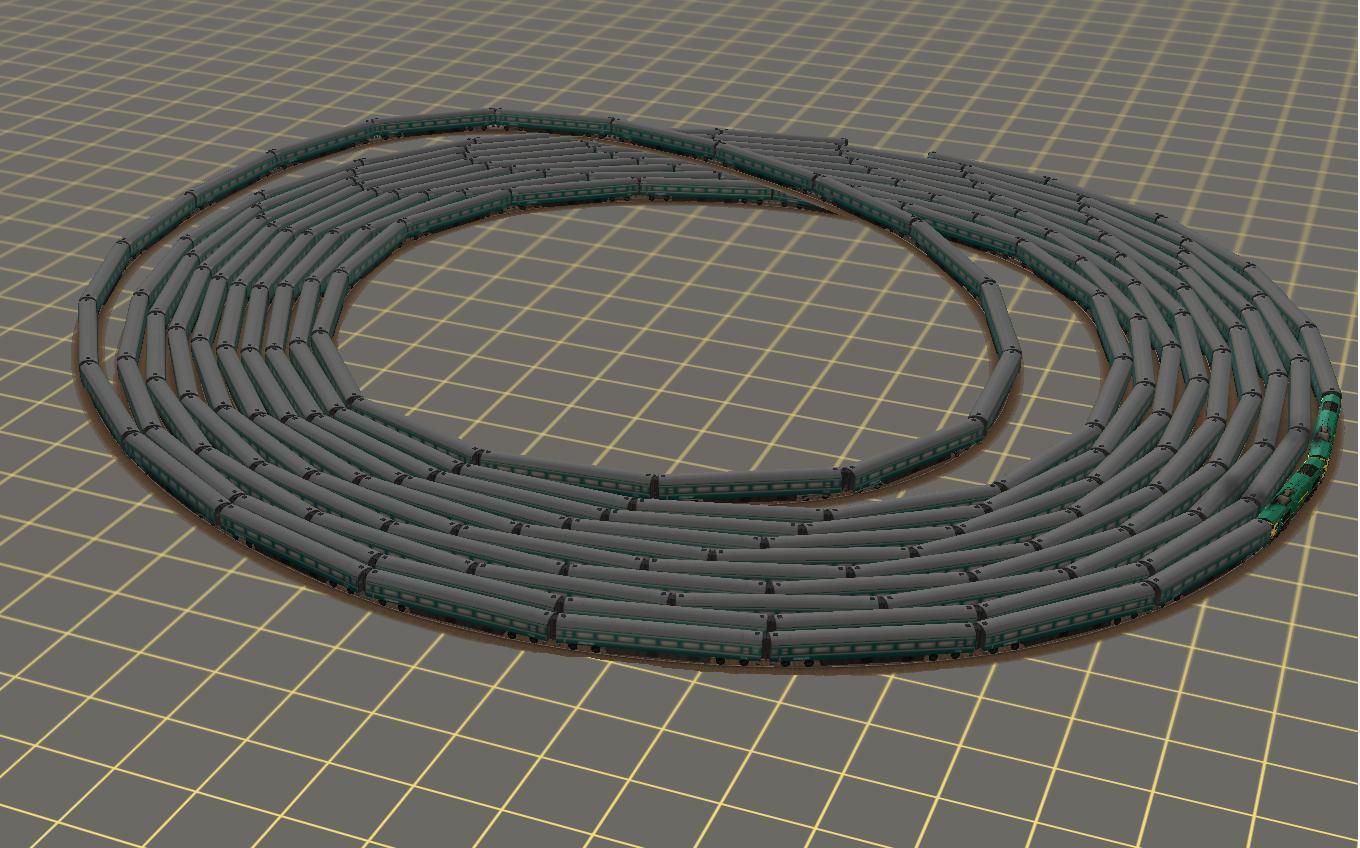Looks simple but must have taken ages?
https://3c-bs.gmx.com/mail/client/dereferrer?redirectUrl=https://youtu.be/qUZVv0nr2rc
https://3c-bs.gmx.com/mail/client/dereferrer?redirectUrl=https://youtu.be/qUZVv0nr2rc
Follow along with the video below to see how to install our site as a web app on your home screen.
Note: This feature may not be available in some browsers.
Please post the actual youtube link.Oops, something went wrong... Error-Code: 403

Still the same error as the URL under the link text still refers to GMX, but with some copy-pasting, I was able to get this link out of it:
Cool movie; thanks for sharing.
Since they take up a lot of space, how about turning a 3-level on into a routeBen (who just tore a 12 level one down).



